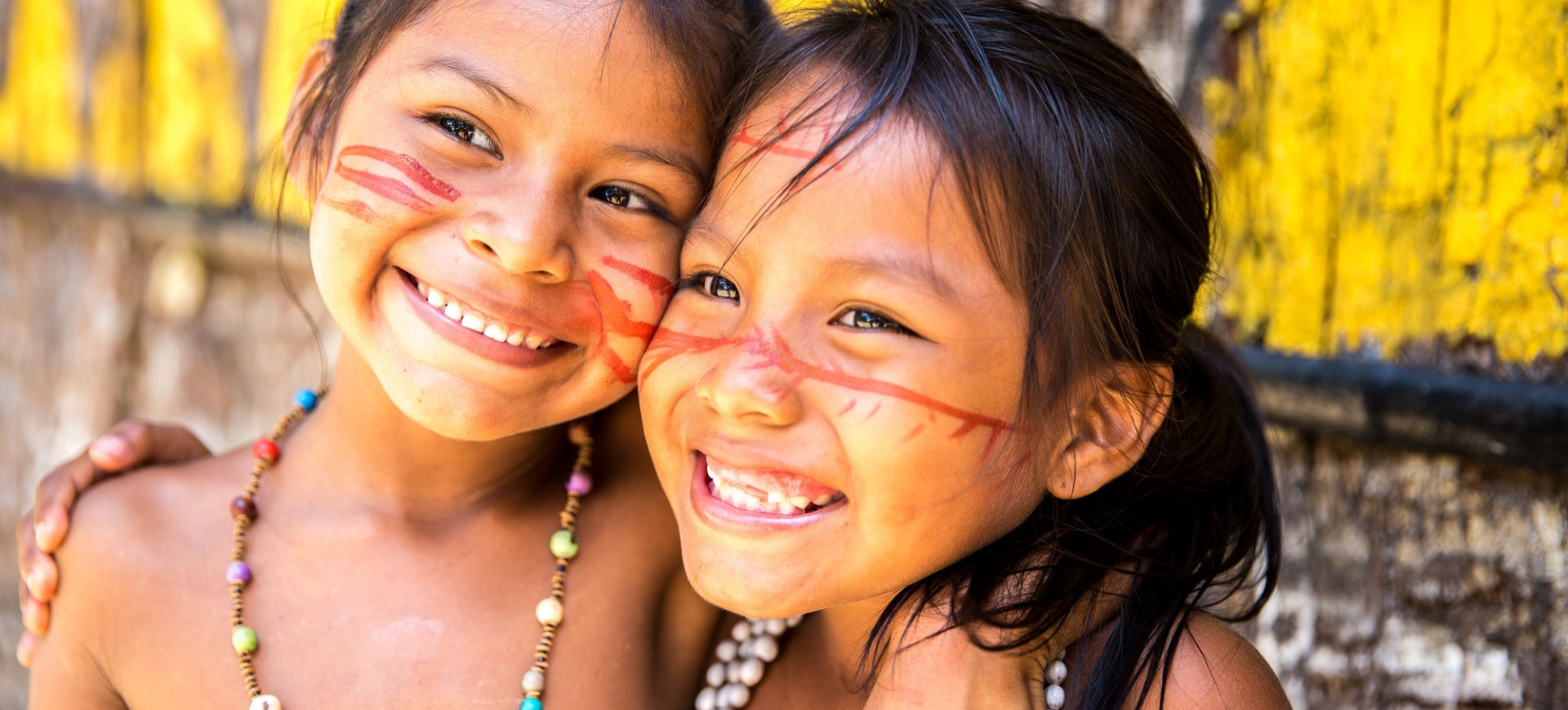The global governance of Indigenous peoples’ health
Recognising and addressing the enormous health burdens borne by Indigenous peoples worldwide has been undertaken at a glacial pace, but last year the World Health Assembly approved a resolution aimed at addressing such challenges – and change is on the horizon
The major centres of global governance have been slow to recognise the enormous health burdens borne by Indigenous peoples throughout the world, or to reinforce their capacities and contributions.
The founding Charter of the United Nations, agreed at San Francisco in 1945 and since amended, does not recognise the existence, let alone the value, of Indigenous peoples in any way.
Over half a century later, the UN finally addressed Indigenous peoples in their own right, on 13 September 2007 when the General Assembly agreed on the Declaration on the Rights of Indigenous People. It gave health and Indigenous peoples’ right to health a substantial place. But it did not directly identify their role and relevance as providers of health and well-being, to themselves or other people and to other living things. And its implementation and improvement have since been far behind the growing global need.
In 2000, the UN at the leaders’ level agreed on eight Millennium Development Goals, including three on the specific health issues of maternal health, child health and infectious disease. But nowhere were Indigenous peoples included in any of the MDGs, despite their major development and health needs and contributions.
In 2015, another UN summit launched the 2030 Agenda for Sustainable Development with its 17 ambitious Sustainable Development Goals, covering all countries, to be met by 2030. Its declaration, 17 goals and 169 targets made very few references to Indigenous peoples and none to their health.
Most recently, in September 2023 the UN held three high level meetings on health – on pandemic preparedness, prevention and response, on universal health coverage, and on the fight against tuberculosis. All are issues central to Indigenous peoples – yet the outcome documents made almost no recognition of their relevance as patients and none of their role as providers of health.
The G7 major democratic powers’ summits have governed health since 1980. Yet they first made their commitments on Indigenous peoples only in 2009 and by 2023 produced only eight commitments in all. Only then did G7 leaders recognise Indigenous peoples as providers of health benefits, specifically as knowledge holders whose innovative technologies, practices and approaches and Indigenous crops provided nutrition to local communities.
The newer, bigger, broader G20 systemically significant states made their first commitment referencing Indigenous peoples in 2019 and produced only four by 2023 – but none related to health.
An urgent need for more
There thus remains an urgent need for more, starting by giving Indigenous peoples and their health a robust place at the UN-hosted Summit of the Future in September 2024, by holding a high level meeting on Indigenous peoples and their health, and by having this year’s G7 and G20 summits make explicit, strong commitments on Indigenous peoples’ health that address their particular needs and mobilise their formidable capabilities for the well-being of all.
Here they could build on the historic milestone in the global pursuit of health equity and the protection of Indigenous rights achieved in May 2023 when the 76th World Health Assembly approved a resolution aimed at addressing health challenges faced by Indigenous peoples worldwide. The director-general of the World Health Organization has been directed to develop a comprehensive global action plan dedicated to improving their health outcomes by 2026. A very diverse group of 15 countries from all around the world co-sponsored the resolution along with the European Union. They included Australia, Bolivia, Brazil, Canada, Cuba, New Zealand, Vanuatu, Mexico, Colombia and Ecuador, as well as several other Latin American countries.
Higher prevalence of various diseases
It is in health where much of the structural injustice harming Indigenous peoples manifests itself in lower life expectancy rates and a higher prevalence of various diseases, very high disability rates and chronic health conditions, including diabetes. The resolution recognises the need to mainstream a gender perspective and support the full, equal and meaningful participation and leadership at all levels of Indigenous women and girls and to protect their human rights. Maternal and infant mortality remains of great concern linked very much to considerable barriers to accessing primary healthcare, sexual and reproductive health services, and other essential healthcare services. Climate change is an additional threat for the health and habitat of many Indigenous peoples.
The WHA resolution calls on researchers and funders to follow the highest ethical principles when carrying out research and development related to the health of Indigenous peoples “using appropriate culturally diverse consensual approaches and observing the rights of Indigenous Peoples over their traditional lands, territories and resources, cultural heritage, traditional knowledge and traditional cultural expressions, as set out in the United Nations Declaration on the Rights of Indigenous Peoples”.
The resolution calls for WHO support to member states in addressing Indigenous health. But most importantly, it calls on countries and other actors to ensure “full, effective and equal participation of Indigenous Peoples” in all strategies, action plans and policies concerning their communities. The Global Plan of Action must also be developed together with Indigenous peoples, as must a better understanding of their health challenges. The immediate next steps to build the Global Plan of Action involve securing the necessary financial and human resources, engaging WHO regional offices and other UN agencies, and ensuring the meaningful participation of Indigenous peoples from the outset.
The time to convert the substance of this resolution into reality is now.












